It’s easy being wise after the event.
A real story By Daniel Kirk – What happens when the “Safety Guy” is involved in an incident? We all now have the benefit of hindsight on this one but I know Daniel would really appreciate your thoughts and advice – this could have happened to any one of us!
The Story Background
This story takes place in the Pilbara region of WA.
Three main miners control the bulk of the mining in the region being BHP Billiton, Rio Tinto and Fortescue Metals Group. All of these companies have their own rail networks of varying capacities and in recent times have all embarked on major projects to increase their output of ore for shipment, estimates vary but the common ballpark figure for all three is around $100 Billion.
The sheer scale of operations in the region is difficult to describe to someone who has never seen it, however, I doubt it will ever be repeated in Australia. An indicator is that when the first train ran through the Chichester Range, the helicopter taking the pictures could not fly high enough to get the whole train in one shot (see fig 1)
My story takes place during one of BHP’s Rapid Growth Projects (RGP), RGP5. BHP have around 800km of mostly duplicated heavy rail track running from Port Hedland south To Newman with spur lines to mines at Yandi and Jimblebar. Our contract required us to install new and upgrade existing rail signalling equipment across the BHP Network, the project ran for approximately two years.

The track is generally orientated North/South with gravel access roads (see fig 2) adjacent on both sides, road conditions vary greatly across the network depending on maintenance and weather conditions. The road and track rise approximately 600m between Port Hedland and Newman. During the wet season from November to April, large sections can flood at short notice and leading up to this story a number of vehicles had been swamped at different locations.
Two areas come to mind as being permanently under water for some time, these being the Yule and Turner River crossings (Fig 3). These crossings were subject to monitoring as during the project they were under water for some time but mostly passable with 4wd.
Figures 2 &3.Typical Access Road Conditions and Turner River Rail Bridge taken from Road Crossing – Note the Black Swans in the Water, according to the local enviros, they were not there. A week before this pic the water was 1m below the deck of the bridge.
Road maintenance was intermittent and generally consisted of waiting until rain and then cutting corrugations and scouring out with a grader (the corrugations in fig 2 are up to 300mm deep). In some locations there are spoon drains to direct the water across the road to drainage under the track formation.
Accessing the road for the project required numerous Company and Client Inductions, Medicals, 4wd training courses as well as driver authorisation and a journey management plans.( however, the road is also open to the public in most areas.)
Project vehicles had to meet BHP specifications and be authorised for site including VHF radios tuned to the BHP Train control network and UHF CB radios, however, a snorkel modification whilst encouraged was not mandatory. Some engines were totally destroyed when they sucked up water into the cylinder bores (a replacement Toyota Engine can cost up to $10,000).
The vehicle in this story was a rental 4wd Toyota Hilux and was not fitted with a snorkel. In most Toyota 4wd, the air intake is actually inside the right hand mudguard.
Figure 3 ODG Vehicle fitted with snorkel note others not fitted – The vehicle involved is second from the left – D. Kirk
Safety for the project was administered by EPCM staff and each contractor has their own HSE personnel. My own Company at the time had a HSE Manager and five Advisors colloquially known as the “Old Farts” as our average age was around 56. We were all based at various Camps setup along the line from Port Hedland to Newman, I personally was based at Redmont Camp some 200km South of Hedland.
Project HSE Staff would meet on a monthly basis to discuss all sorts of issues allegedly connected to the Project,(in reality, the catering was worth the trip) it was while trying to get to one of these meetings that the incident occurred.
The Story
St Patricks Day 2011 will live in my memory for a long time for two reasons:
1. It was our twenty first wedding anniversary, and
2. I came as close as I have ever been to dying that day.
I was to travel from my base at Redmont to the EPCM Offices at Turner Camp for a monthly safety meeting, Turner is located roughly 80km North of Redmont.
As it was the wet season, it was not unusual to see heavy thunderstorms at any time of the day, when I departed Redmont at about 10:00, I noted a storm north of me.
Figure 4 Moon rising over Redmont – Easy to see how they named the camp.
I ran into the storm about 20km south of Turner encountering extremely heavy rain, lightning and some hail.
On the way through I had traversed an area where the road dipped down around 1.5m over a distance of 200m, at the time the road was damp from the rain but no water had pooled on it.
I soon realised that it was unlikely that I could reach Turner as the track to the camp was likely to be submerged so I made the decision to return to Redmont.
As I approached the low lying area I had recently traversed, I noted that water had begun to pool in the lowest areas, I was not overly concerned as it was not moving and as I ascertained, only 200mm deep. Based on my experience and common practice on the project, the decision to cross in a 4×4 was an easy one.
I had travelled around 25m into the crossing when the water level rose to the top of my windscreen, the vehicle started to float, move sideways in the current and began to tip. Nothing matched my perception of the risk. To this day, I don’t know what stopped the vehicle moving and tipping or how I had the presence of mind to turn the engine off before it was filled with water. It all happened so quickly and so unexpectedly.
There were no witnesses initially however, one of the EPCM HSE personnel came across the scene later (hi Lyn) and we were able to converse by radio for a while. The conversation was terminated when my vehicle filled with water and swamped my radios. I then spent the next few hours perched on the top of my vehicle until the water dropped enough for me to walk out of my predicament.
When we returned to the site the next day and recovered my vehicle we found that portions of the drain embankment had collapsed due to the pressure of water building up behind it. We also ascertained that the collapsed area was a blockage caused by dirt pushed up by successive road grading.
It is always easy to be wise after an event but such wisdom is not wisdom at all but rather the benefit of hindsight bias. I have gone over these events in my head many times and I cannot think of anything I should have done differently given the same circumstances. Every single seen indicator at the time said I had made the right choice, but it was the unseen indicators that nearly got me killed that day.
My Thoughts
1. The investigation outcomes from this incident became nebulous for various reasons, what would you do differently?
2. The reaction from the workforce varied with some understanding, some empathy and some humble pie for the ‘safety guy’.
3. How easy it is to be wise after an event, how easy it is to project blame on to someone or call them an idiot. How many times have you made all the right decisions yet still something has ‘come out of the blue’ with a nasty bite? Why does safety maintain this blaming culture when abnormal things happen to normal people?
Figure 5 – One of the More Pretty Places in the Pilbara
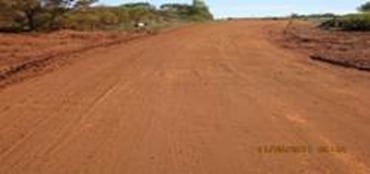
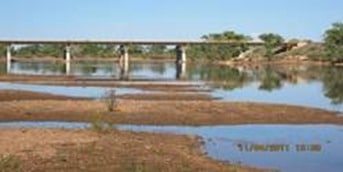
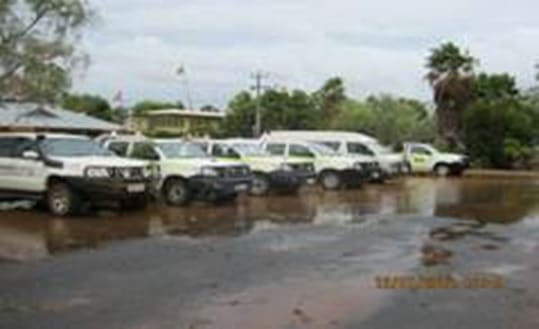
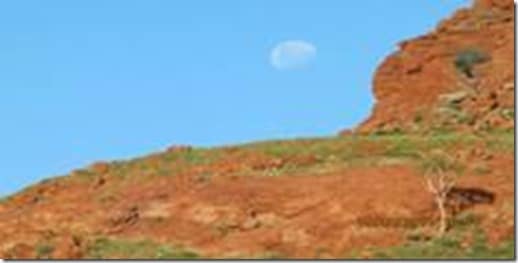
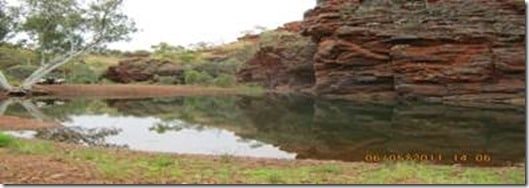


Do you have any thoughts? Please share them below